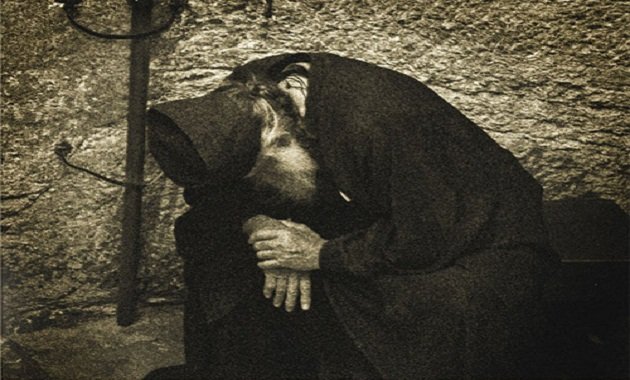
It is in silence that the first signs of the life of prayer reveal themselves. The Spirit of God does not force Himself upon us. He is gentle as a dove. When the Lord told Moses that He would appear to him we read that He was not in the wind, nor in the earthquake, nor in the fire. But He spoke with Moses in a still, small voice.
We cannot hear that voice unless we become still, and for the one beginning in prayer, we cannot easily become still, if at all, unless we seek that exterior silence that allows us to discover an inner place of peace within us.
What does the Psalmist say? I have quietened my soul. While elsewhere he instructs us in the words of God saying, be still and know that I am God. This stillness of heart is the basis of our life of prayer with God and is reflected in the words of our Lord Himself. He teaches us, when you pray, go into your inner chamber and shut the door, and pray to your Father.
This inner chamber is both the place where we find ourselves, and that space within our heart where we are constructing the interior temple of the Lord in which to stand in His presence and offer unceasing prayer and praise.
But we must begin with the inner chamber as the exterior place. The first meaning of our Lord’s instruction is to find a place that is filled with quiet and peace, where we may turn to God who speaks with a still, small voice. Such a voice may be easily drowned out by the noise and clamour of the world around us.
Studies have shown that it is very difficult for young people to concentrate on their studies while watching TV, or listening to the radio, or engaging in various forms of social media. In such circumstances young people tend to greatly overestimate their ability to give their attention to one thing while allowing themselves to be distracted.
The Fathers of the Church have always recognized that there is the same need for a determined and concentrated attention in prayer to prayer itself. It cannot be practiced properly while watching the TV or checking emails. Prayer certainly cannot be learned without seeking the experience of prayer with the whole heart and mind.
This seeking with the whole heart requires an external quiet, a place and time of silence and stillness. For many this external place will indeed be an inner chamber, a room in our home where we may be undisturbed for a time. But others, in complicated households, may find that such a place of quiet is found on the drive to work, or while walking the dog each morning. It may require waiting patiently until all the children have gone to school. It may be an experience snatched here and there when it can. But the exterior place of quiet and stillness is required if we are to begin to learn to pray.
It is the presence of the exterior quiet which allows us to make a place of interior stillness. And it is in this interior stillness that we may hear the voice of God and discover his presence within our hearts.

One Response to "Quietness and Prayer"